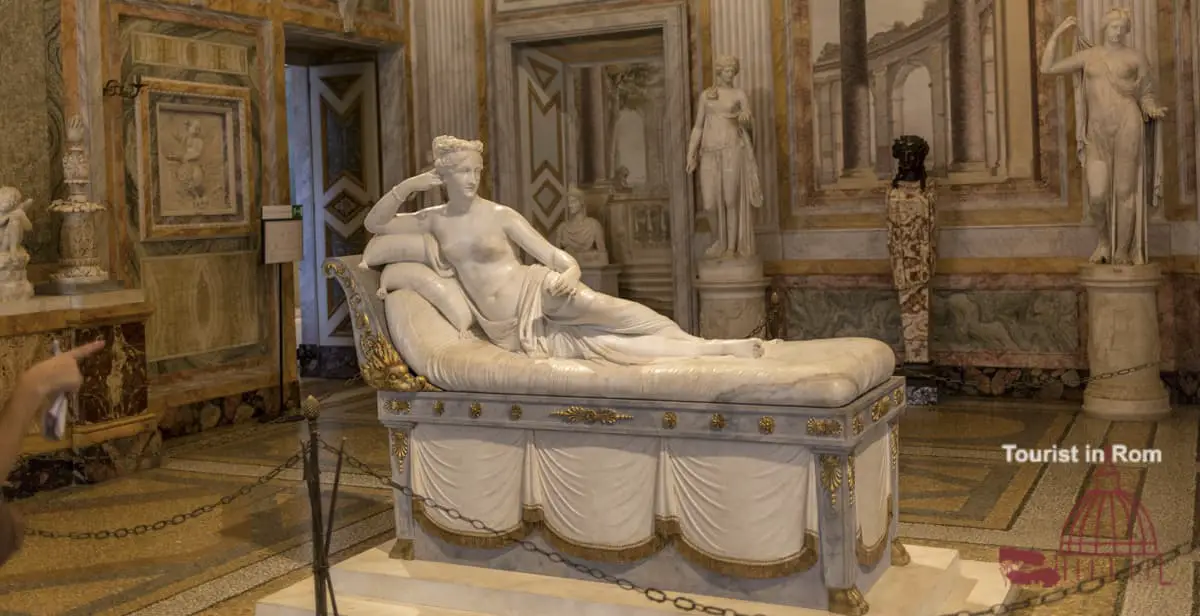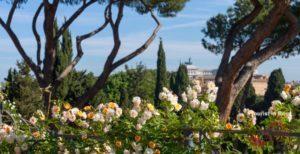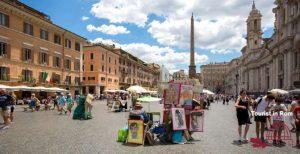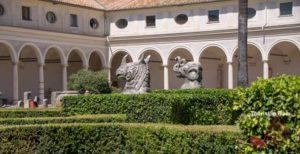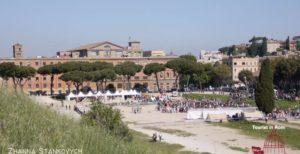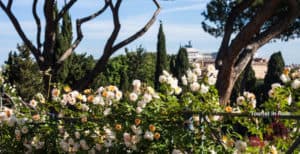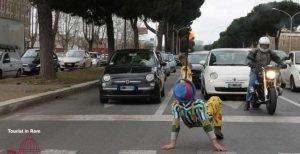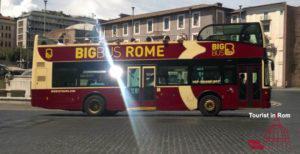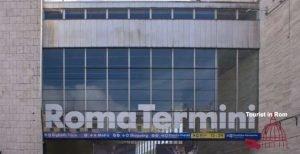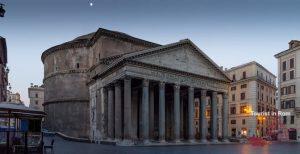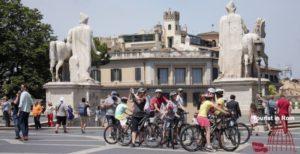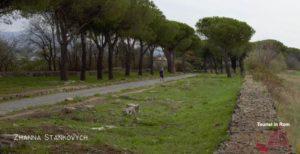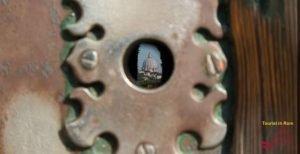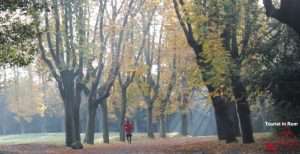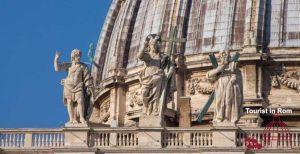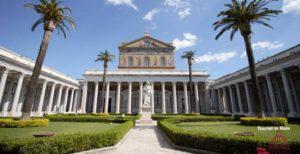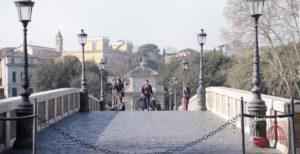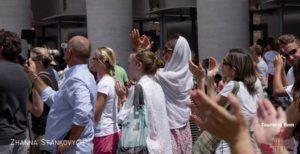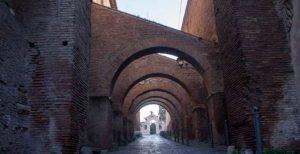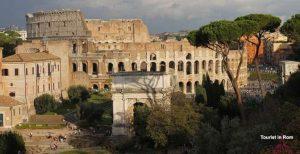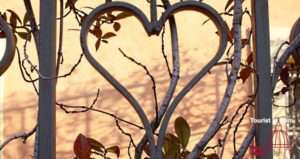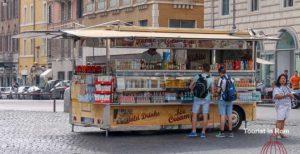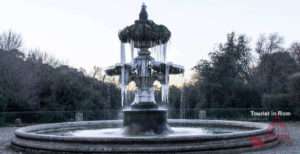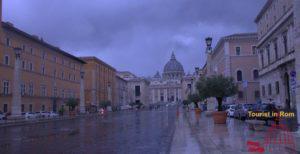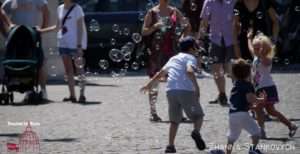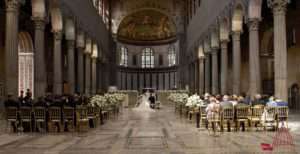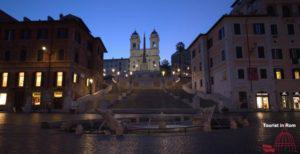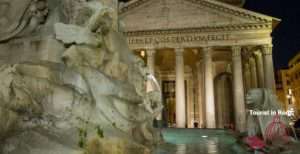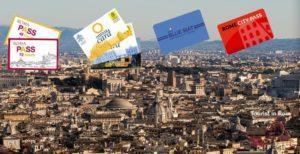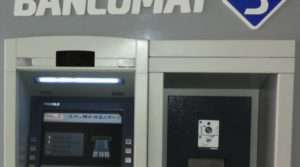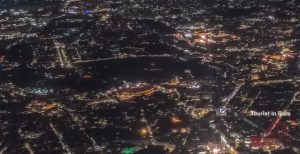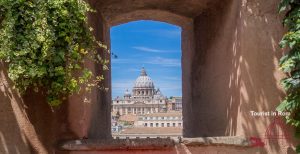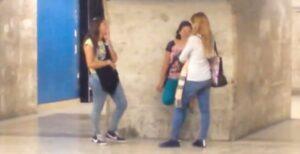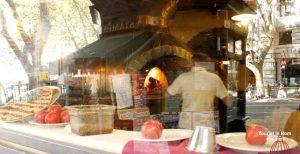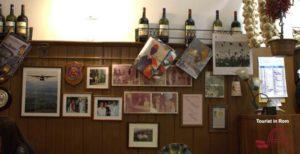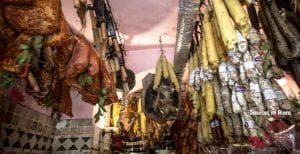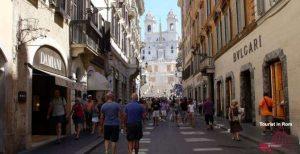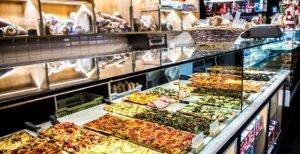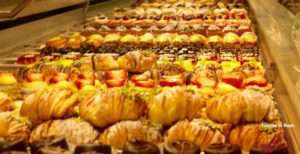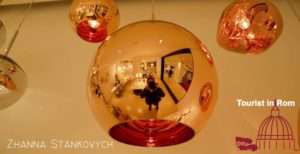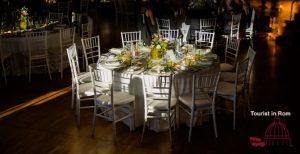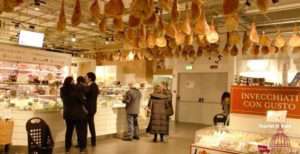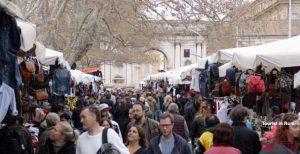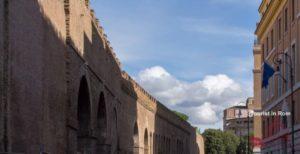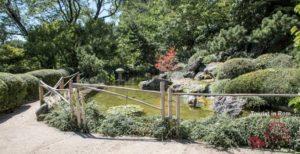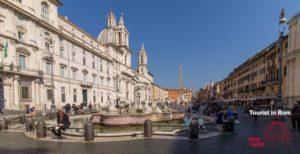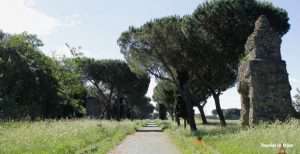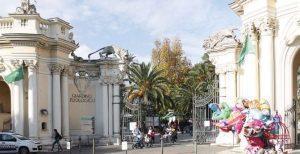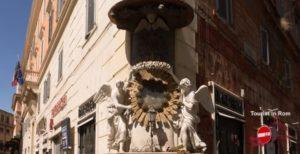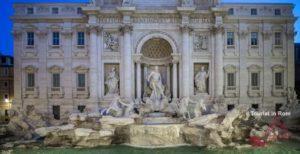The Borghese Gallery is an incomparable treasure trove of masterpieces from antiquity to the Napoleonic era. Its history testifies to the entanglements of art and politics.
Delve into the history of this important art treasure and discover how to get tickets and guided tours for an unforgettable cultural experience.
Partner-Links helfen uns dabei, unsere Informationen kostenlos bereitzustellen. Für abgeschlossene Buchungen erhalten wir eine Provision – ohne Mehrkosten für Sie! Mehr
Partner links help us to provide our information free of charge. For completed bookings we receive a commission – at no extra cost to you! More
I link dei partner ci aiutano a fornire gratuitamente le nostre informazioni. Riceviamo una commissione per le prenotazioni completate, senza alcun costo aggiuntivo per voi! Di più
The Galleria Borghese
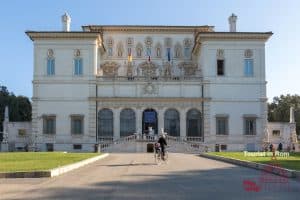
A pearl of art and culture in Rome, the Borghese Gallery transports visitors to a world of timeless beauty and creative masterpieces. Located in the heart of the picturesque Villa Borghese Park, it is not only an architectural masterpiece, but also a hoard of artworks created by some of the greatest artists in history. Once one of the most famous and valuable private art collections in the world, it is now a national museum.
Tickets and guided tours
To visit the Borghese Gallery and immerse yourself in the fascinating world of art, you need a reservation.
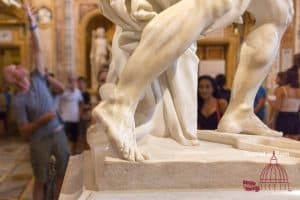
Due to its popularity and limited number of visitors per time slot, it is recommended to book well in advance. Tickets must be reserved online in advance and are valid for two-hour visits. A maximum of 360 people are admitted at one time. There are also several guided tours that offer more information about the artworks and the history of the gallery.
The collection
The collection of the Borghese Gallery has its origins mainly in the collecting passion of Cardinal Scipione Borghese and includes ancient art as well as sculptures, paintings and furniture. Nephew of Pope Paul V, secular Camillo Borghese, and thanks to his abilities, he became one of the most important patrons and collectors of the early 17th century.
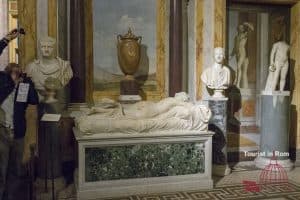
The collection includes works by Federico Barocci, Cavalier d’Arpino, Cigoli, Giovanni Lanfranco, Caravaggio, Domenichino, Dosso Dossi, Passignano, Raphael, Titian, Paolo Veronese and Gian Lorenzo Bernini, while the antique pieces come from excavations on the Borghese family lands.
At the beginning of the 19th century, Camillo Filippo Ludovico Borghese married the lovely Paolina Bonaparte, sister of Napoleon. As a result, at Napoleon’s request, over 500 of the ancient pieces were shipped to Paris, where they can be seen in the Louvre. They were replaced by new excavations. The most important new acquisition of the time is the marble sculpture of the reclining Paolina, a work by Antonio Canova, which can be admired today in the 1st hall of the gallery as the Victorious Venus.
Architecture
The villa in the park of Villa Borghese was designed from the beginning not as a residence, but as a gallery.
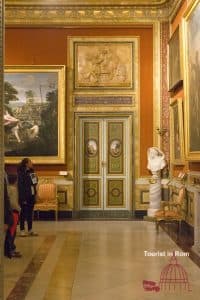
The architecture is an example of the Baroque style, characterized by elegance, splendor and movement. The villa has a rectangular floor plan with two courtyards and a central salon. The facade is decorated with sculptures, reliefs and frescoes depicting scenes from mythology and history. The interiors are also richly decorated with stucco, marble, paintings and ceiling paintings that highlight the works of art.
The current appearance of the villa dates back to a renovation of the rooms in 1770, with frescoes, stucco work and polychrome marble decorations. Many paintings depict the history of the family, with origins in the Roman Republic in the 5th century BC.
History
The history of the Borghese Gallery begins with Cardinal Scipione Borghese, who had a stellar career as the nephew of Pope Paul V. Scipione used his power and wealth to acquire or commission works of art that reflected his tastes and interests.
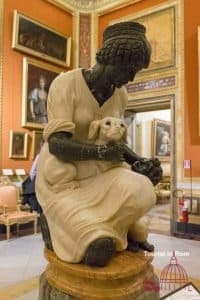
In 1605, he purchased the palace in Piazza Borghese as a family residence and headquarters for his empire. Outside the city walls, at the Porta Pinciana, he had a park with a villa built according to his plans from 1606 onwards for outings in the countryside and to display his collection. A renovation in 1770 gave the villa its present appearance. The collection changed over time through inheritances and the moving of works between different palaces of the family, as well as through sales and new acquisitions. In 1902 the villa was purchased by the Italian state, which transformed it into a museum.
The park of Villa Borghese
The Villa Borghese Park, where the famous gallery is located, is a green oasis in the heart of Rome and one of the largest and most famous parks in the city. The park covers an area of about 80 hectares and offers locals and visitors a welcome escape from the hustle and bustle of the city. With its sprawling lawns, picturesque gardens, imposing statues, and diverse recreational opportunities, Villa Borghese Park is a popular gathering place for recreation seekers, families, art lovers, and sports enthusiasts.
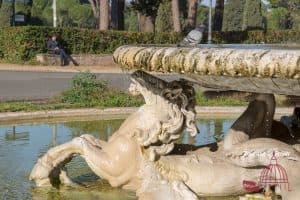
The varied park is crisscrossed by wide paths that invite to long walks, cycling and jogging. It is laid out in the style of an English garden. There is a small picturesque lake and at the edge of the park is the well-kept Biopark, Rome’s zoological garden.
Concerts and international horse shows are held in Piazza di Siena, and the municipality of Rome offers many cultural activities such as an outdoor cinema, a children’s playhouse and free museums.
The park is a green oasis in the city at any time of the year. On hot summer days, it is ideal here for a siesta in the shade of the trees among fountains and monuments.
